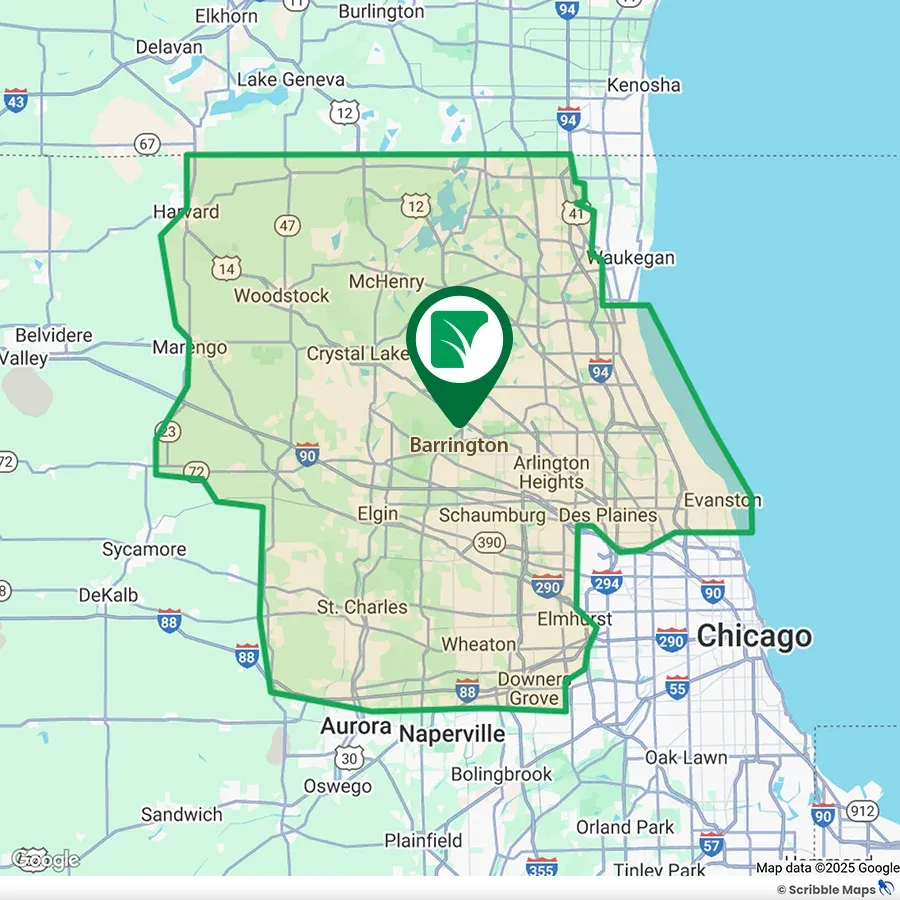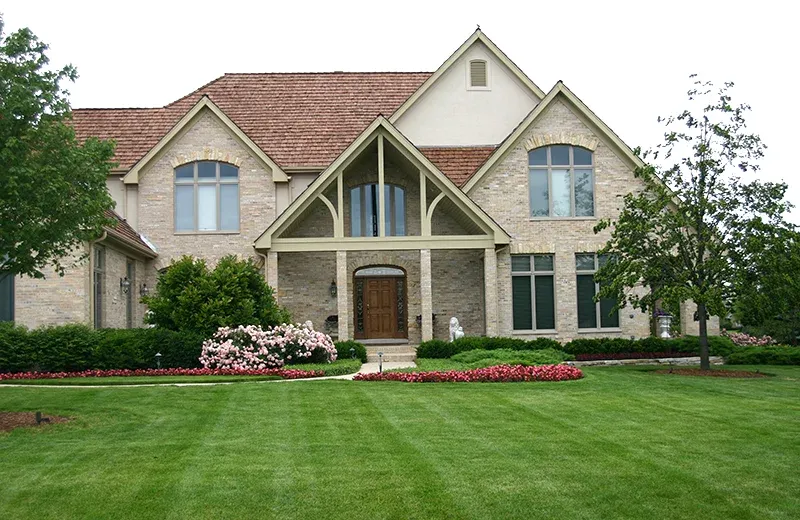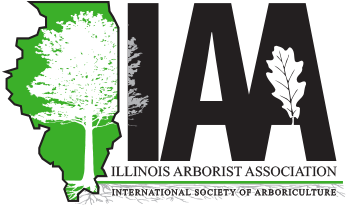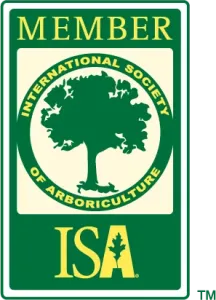Liquid Aeration SBR in the Northern Chicago Suburbs
For decades, professional golf course greens keepers have known the secret to beautiful, dense turf is to aerate their courses two or three times each year, allowing healthy grass roots to thrive. Allow the experts at Turf Care Enterprises to perform liquid aeration on your lawn and enjoy a lush, healthy, thick turf.
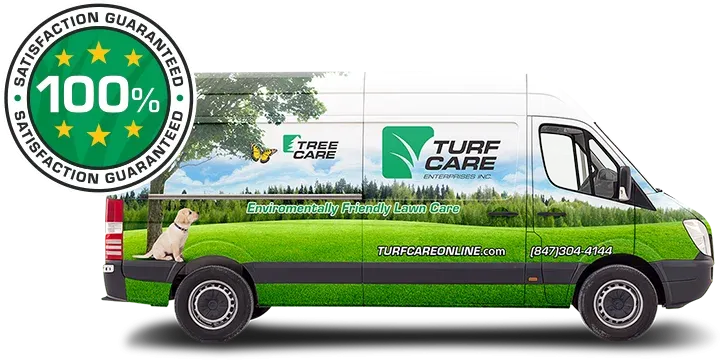
Soil Biology Restoration and Aeration
Soil compaction is a common problem in lawns, resulting from foot traffic, heavy equipment, and natural settling over time. This compression reduces air pockets in the soil, limiting oxygen, water, and nutrient flow to grass roots. Traditional mechanical aeration methods can be disruptive and messy, leaving soil plugs scattered across the lawn.
Turf Care Enterprises, Inc.'s innovative Liquid Aeration SBR (Soil Biology Restoration) offers a superior solution. This all-natural liquid application penetrates deeper into the soil than mechanical methods, promoting even and thorough aeration without the mess.
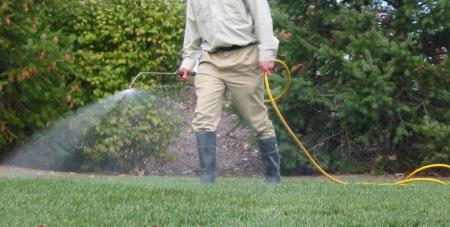
Benefits of Liquid Aeration SBR
- Increases beneficial soil microorganisms
- Improves soil structure and air circulation
- Enhances water penetration and root development
- Boosts nutrient uptake by grass plants
- Provides long-lasting, cumulative effects
The Turf Care Process
- Assessment of lawn conditions
- Application of custom-formulated liquid solution
- Even distribution across the entire lawn
- Follow-up care instructions provided
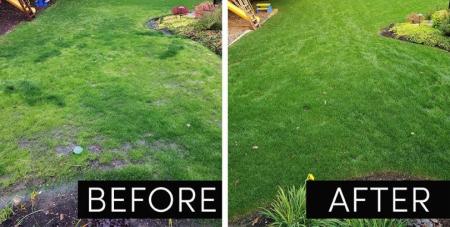
Why Choose Turf Care for Liquid Aeration SBR
- A custom-formulated, all-natural solution developed with an Organic Chemist
- Eco-friendly and safe for families and pets
- No need to mark irrigation heads or invisible fence lines
- Clean application without messy soil plugs
- 39 years of lawn care expertise
- Commitment to environmental stewardship
Experience the benefits of advanced liquid aeration technology with Turf Care Enterprises, Inc.. Our service not only improves your lawn's health and appearance but also aligns with eco-conscious values. Contact us today to schedule your liquid aeration treatment and take the first step towards a healthier, more vibrant lawn.
Basics of Core Aeration
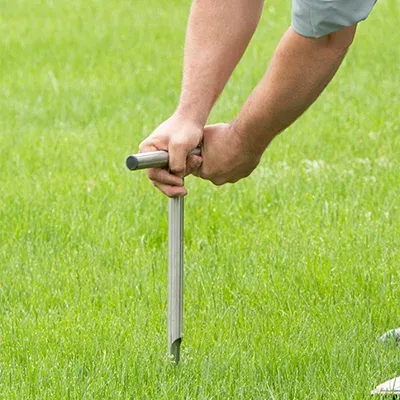
Core aeration is the mechanical process of making thousands of small holes in the turf by pulling tiny plugs from the ground. The plugs you see as a result of aeration will usually break down in a few weeks. The rate at which they break down is dependent on the amount of rain we receive. The soil plugs contain billions of beneficial microorganisms; these organisms feed on your thatch as they filter through it.
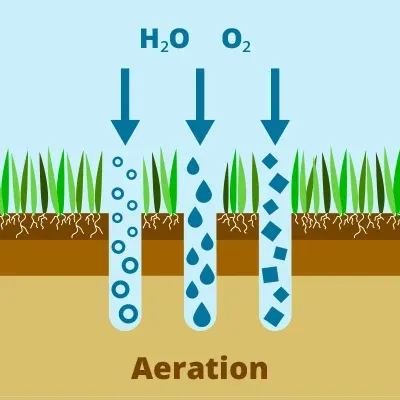
Benefits of Core Aeration
The benefits of aerating your lawn cannot be overstated. The tiny holes allow for better penetration of air, moisture, and nutrients to your lawn’s roots. A deep, healthy root system is the key to a beautiful, thick, green lawn. Aeration helps reduce soil compaction, allowing rain to penetrate before running off, which means less watering on your part. Aeration also helps to prevent and reduce thatch buildup, which means less insect and disease activity.
Aeration is recommended for lawns dealing with too much thatch, compact soil, or sloped lawn areas. Aeration is also recommended before overseeding, as the holes will foster better seed-to-soil contact – which is crucial for proper seed germination and establishment.
Don’t Skip Aeration!
Aeration provides the single most important benefit for your lawn. If you want the best-looking lawn on your block, don’t skip this important service.
When is the best time to aerate my lawn?
We recommend that you aerate your lawn twice a year, once in the Spring and again in the Fall to establish and maintain a healthy root system. If you are only able to aerate once a year, we recommend aerating in the Fall as this is when turf grass starts to rebuild its root systems. Fall is also the best time to over seed, and the aeration holes allow for essential seed to soil contact. Our green team at Turf Care Enterprises is always happy to discuss your lawn’s specific needs and offer guidance on any questions or problems you may be seeing on your property.
service area
Looking for Lawn Aeration Near You?
Compacted soil suffocates your lawn's potential and prevents essential nutrients from reaching your grassroots. Our lawn care specialists use precision aeration techniques to breathe new life into your turf, promoting healthier, greener, and more resilient grass.
